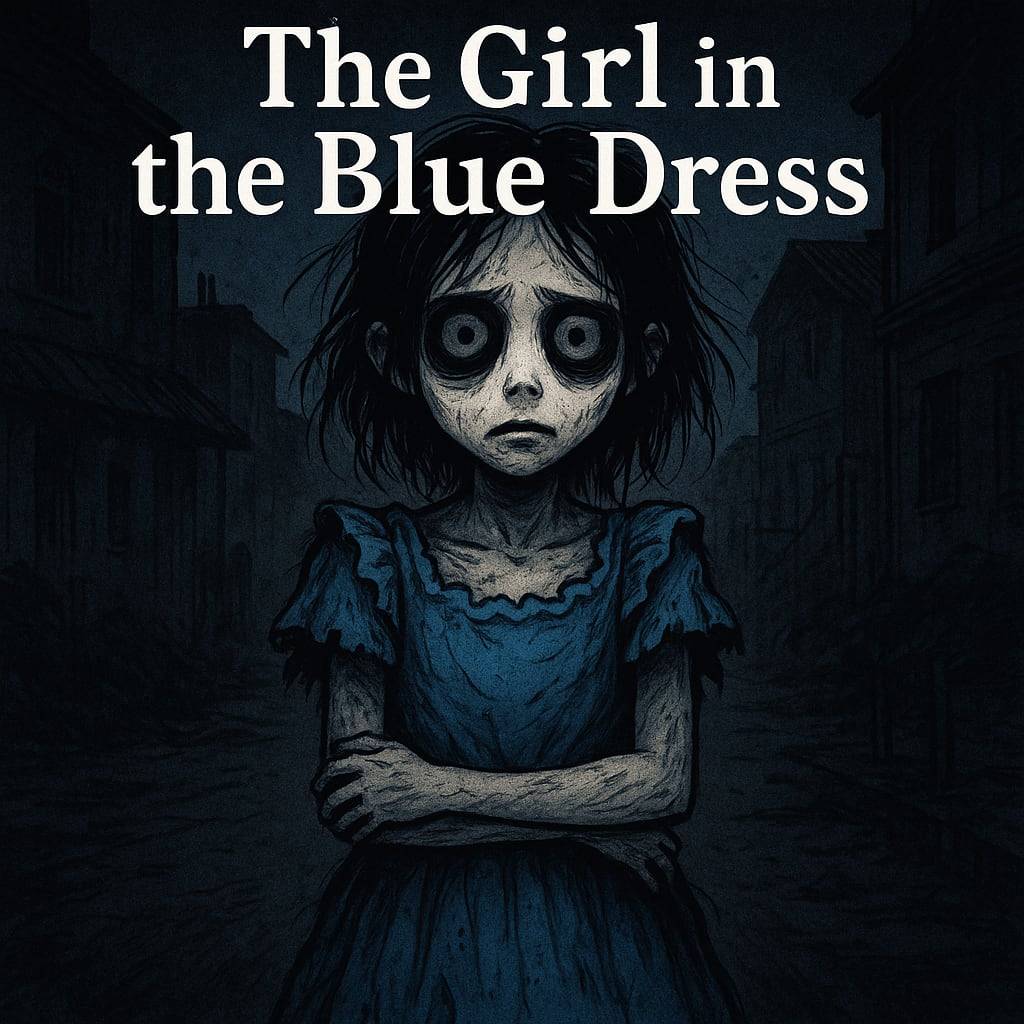The Girl in the Blue Dress: When Silence Speaks Louder Than Screams
A Story of Complicity, Survival, and the Ghosts We Ignore
The girl in the blue dress isn’t just a character-she’s an accusation. A living question mark scrawled across the conscience of a neighborhood that chose blindness over bravery. This isn’t a tale about obvious villains; it’s about the quiet betrayals of those who clutch their curtains tighter when the trucks roll in.
1. The Stain on the Windowpane
The narrator’s confession-"We watched... and did nothing"-hangs like a noose. The girl’s defiance (her small fists beating against the soldiers’ arms as they drag her mother away) makes the neighbors’ silence deafening. It’s a gut-punch truth: oppression doesn’t just need executioners-it needs audiences too.
Personal insight: I once lived in an apartment where screams from next door were met with turned-up TVs. We called it "minding our business" until the ambulance came. This story claws at that memory.
2. Blue Fabric, Fading Humanity
Her dress isn’t just cloth; it’s a crime scene. The frills torn, the hem muddy, it maps her unraveling world. When she presses her palms to the bakery window, fogging the glass with hungry breath, it’s not just bread she’s begging for-it’s proof she still exists. That detail wrecked me. My grandmother survived the Blitz by trading her lace collar for a loaf. Some stains never wash out.
3. The Old Woman’s Lie: Kindness or Cruelty?
In the transport truck, the girl clutches stale bread from a stranger. For a second, it feels like mercy-until you realize it’s the last kindness she’ll ever taste. The old woman’s whisper-"You’ll be clean again"-isn’t comfort; it’s complicity dressed in tenderness.
Nuance: I debated whether to hate that character. Then I remembered a Holocaust survivor’s interview: "Even the ‘good’ Germans still locked their doors at night."
4. Why This Story Haunts Me
It weaponizes the mundane. The hiss of gas masked as a lullaby. The way the narrator imagines the girl "fell asleep," because the alternative is unthinkable. That’s how horror works-it dresses in plausible deniability. Last year, I visited a museum with children’s shoes behind glass. One tiny buckle undone, as if the owner meant to return. This story is that buckle.


